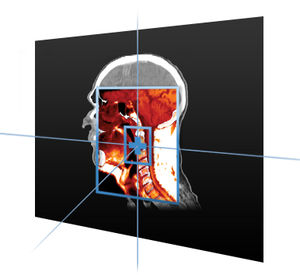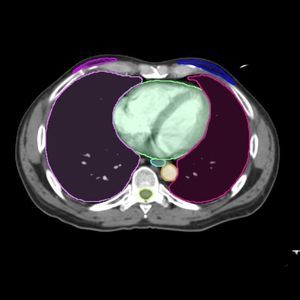
Radiation dose monitoring software MIM SureCalc® MonteCarlomeasurementplanningtreatment

Add to favorites
Compare this product
Characteristics
- Function
- radiation dose monitoring, measurement, planning, treatment, tracking
- Applications
- anatomy, medical imaging
Description
Dose calculation is a critical component of your QA process – both prior to delivery and during the course of treatment. Consider how aspects of your daily work are impacted by potentially unreliable methods.
How Reliable Is Pre-Treatment QA?
Are You Confident in Your Plan Second Check?
As the complexity of planning techniques has increased, the ability to conform dose to targets and spare critical structures has improved. However, this complexity has increased uncertainty in ensuring safe treatments, questioning the current state of pre-treatment QA and calling for necessary improvements.
Systematic Errors Are Left Undetected
Common second check methods do not equip you to catch errors in your base measurement data and the resulting TPS beam models, which are common causes for dose discrepancies.
Patient-Specific Plan Errors Can Slip Through Simple Calculation Based Methods
Point checks and conventional 3D methods lack the sensitivity needed to deal with complex plans involving small fields, density interfaces, or high modulation.
Measurement QA Can Also Allow Failing Plans Through
While measurement QA is able to check for delivery issues, its sensitivity to TPS calculation errors, which are very common, is found to be extremely low
Treatment Progress QA
Adaptive Assessment
Once the treatment regimen begins, most decisions to replan continue to be made based on obvious changes to patient anatomy. Care teams simply lack the time to fully utilize CBCT imaging for thorough dosimetric tracking for a host of reasons.
VIDEO
Catalogs
No catalogs are available for this product.
See all of MIM Software‘s catalogsRelated Searches
- Analysis software
- Radiology software
- Viewer software
- Tablet PC software
- Control software
- Reporting software
- Scheduling software
- Automated software
- Monitoring software
- Treatment software
- Tracking software
- Measurement software
- CT software
- Cardiac software
- AI software
- Radiation therapy software
- Anatomy software
- PET software
- Contouring software
- SPECT software
*Prices are pre-tax. They exclude delivery charges and customs duties and do not include additional charges for installation or activation options. Prices are indicative only and may vary by country, with changes to the cost of raw materials and exchange rates.



